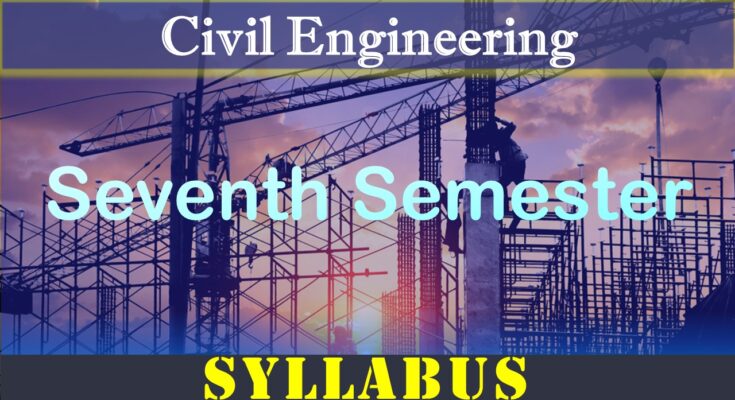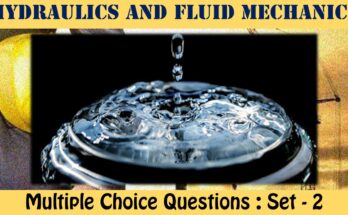Syllabus B Tech Civil Seventh Semester Marine Construction CE7004
The concepts developed in this course will aid in quantification of several concepts in Civil Engineering that have been introduced at the Engineering courses. Technology is being increasingly based on the latest Syllabus B Tech Civil Seventh Semester Marine Construction CE7004 is given here.
The objective of this course “Syllabus B Tech Civil Seventh Semester Marine Construction CE7004“ is to develop ability and gain insight into the process of problem-solving, with emphasis on thermodynamics. Specially in following manner: Apply conservation principles (mass and energy) to evaluate the performance of simple engineering systems and cycles. Evaluate thermodynamic properties of simple homogeneous substances. Analyze processes and cycles using the second law of thermodynamics to determine maximum efficiency and performance. Discuss the physical relevance of the numerical values for the solutions to specific engineering problems and the physical relevance of the problems in general and Critically evaluate the validity of the numerical solutions for specific engineering problems. More precisely, the objectives are:
- To enable young technocrats to acquire mathematical knowledge to understand Laplace transformation, Inverse Laplace transformation and Fourier Transform which are used in various branches of engineering.
- To introduce effective mathematical tools for the Numerical Solutions algebraic and transcendental equations.
- To acquaint the student with mathematical tools available in Statistics needed in various field of science and engineering.
CE 7004 – Marine Construction
Books Recommended
1. A COURSE IN DOCS AND HARBOURS: S. P. BINDRA
2. HARBOUR DOCS AND TUNNELIING: R. SRINIVASAN
3. DOC AND HARBOUR ENGINEERING: OZA.




